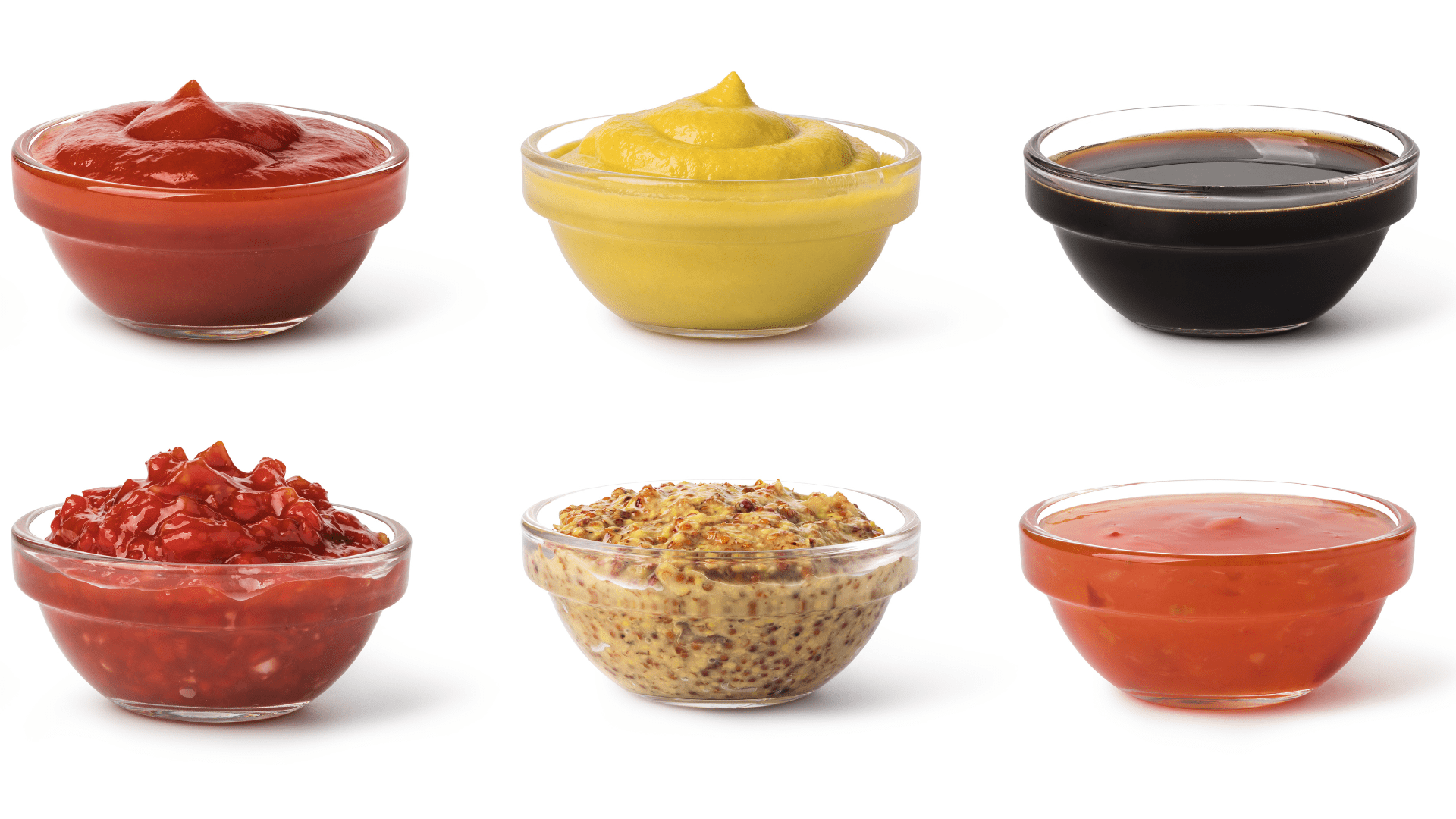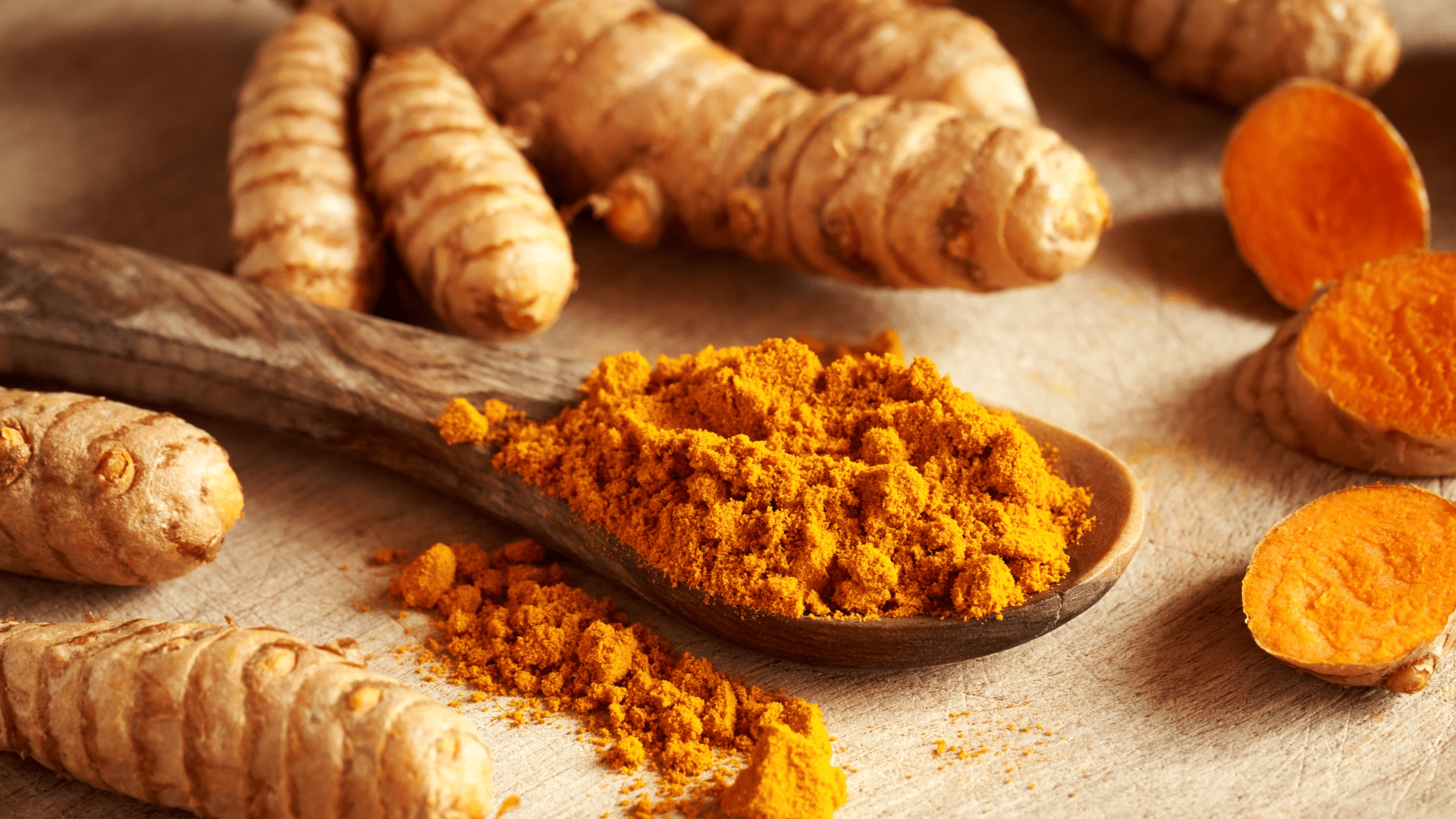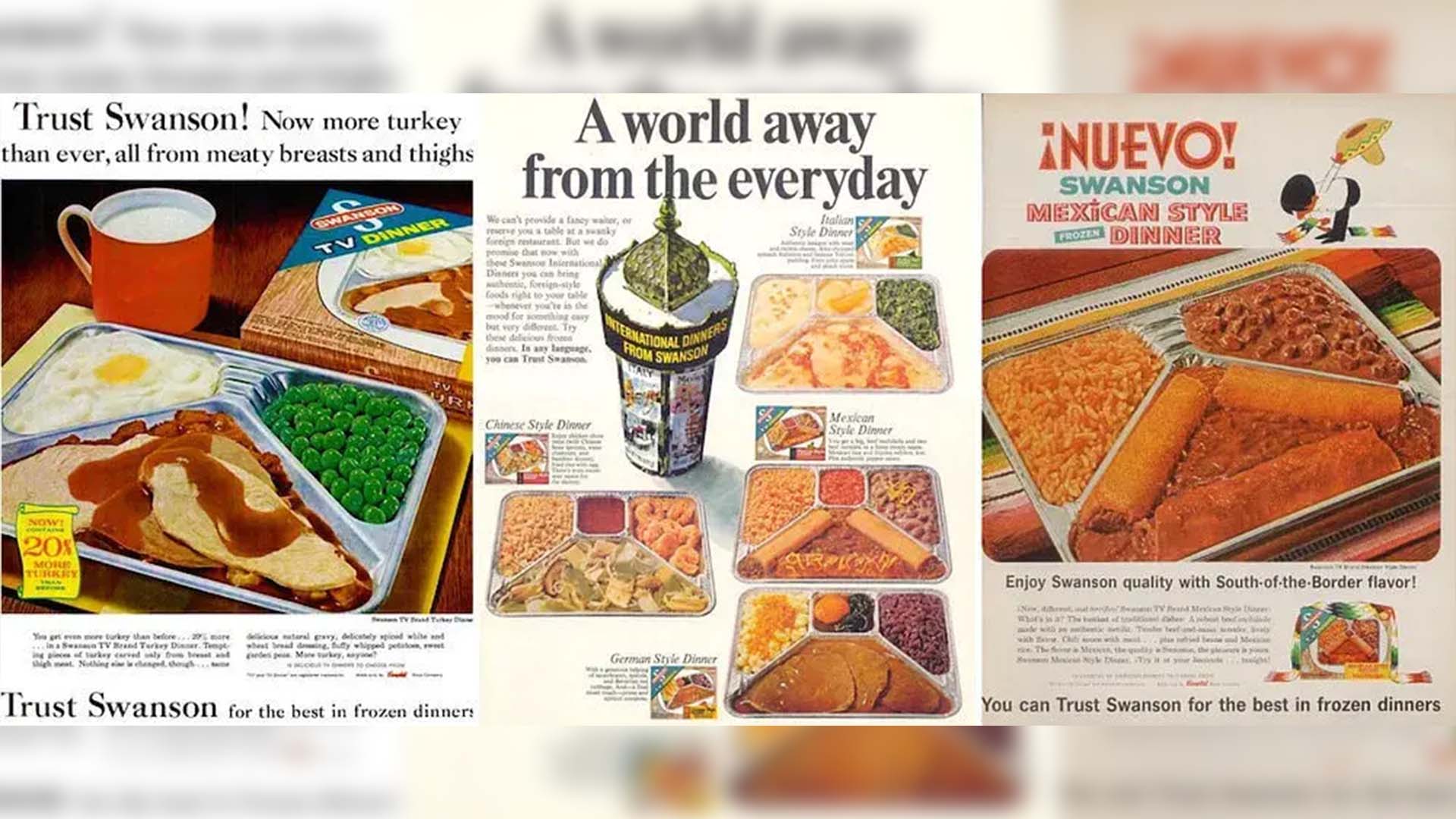Micronized food dyes are a popular additive in different food applications. But what are they? To understand the popularity of micronized food coloring, it’s important to know where they come from and more importantly how they are made.
What Are Micronized Food Colors?
Micronized food colors are ultrafine powders that are created via micronization, a meticulous process that reduces the colorant’s particle size to a micron level. Meaning, it’s broken down into an extremely fine powder.
The micronization process originally started in pharmaceutical industries but it quickly showed its potential in food industries. Micronization in food helps in preserving food and producing stable products. The changes are from the decreased particle size.
This process uses a grinding technique that breaks down the food with compression and impact from the machine. The use of micron-sized powders opens up opportunities for cheaper or healthier ingredients.
Because of how fine the powder is, the brightness of the color intensifies as well as its ability to mix with other ingredients.

With micronized food dye, it is capable of adding a natural brightness to food. The vibrant colors offer eye-catching food that grabs your attention with a naturally appealing charm.
How Vibrant Colors are Created
Roha introduced ChromaFine which they say has advantages over conventional food micronized food coloring.
ChromaFine, like other micronized food coloring, is sourced from natural ingredients. This adds vibrant and authentic color to foods. Using fine powder to add an authentic brightness to food is versatile too. It’s used in compressed confectioneries, fat fillings, and compound coatings
With natural ingredients, ChromaFine is capable of providing custom shades to your food. This provides a unique and personalized touch to your food seasoning.
Lively colors are created from many natural ingredients. For example, Roha brings a bright yellow color to food using Turmeric extracted from a root in the ginger family. Yellow is also extracted from a marigold flower to add another level of brightness.
ChromaFine creates hues with lower doses that cover more surface area. Red radishes help give different shades of red to food coloring. Spirulina is a type of bacteria that is safe to eat and is used to create greens and blues.
A lot of colors are blended with curcumin, which is used in turmeric powder, to create different shades of blues, greens, and yellows.

Enhancing Different Foods
When there is a specific color to a food, it enhances the way we approach it when we eat it. For example, candy and sweet treats often have bright colors that match the way it tastes. Bright-colored candy transforms our taste buds. We anticipate something sweet when we see vivid colors.
Colored pasta has the same impact. Enhancing the color of our past is growing more popular. Not only can it provide excitement but it can be a theme. Vibrant red and green pasta represents Christmas. A bright orange pasta gets you in the mood for Halloween. Also, fresh colors in pasta attract health-conscious consumers, especially when it is naturally dyed.
Overall, micronized food colors consistently play a pivotal role in providing advantages such as solubility, dispersion, and color intensity.





